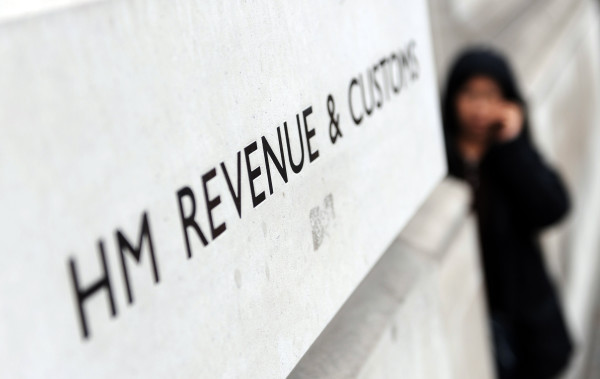

The government has failed to find a straightforward solution to date solve a loophole which leaves some 1.22 million low earners missing out on tax relief.
In a written answer to Parliament last week, Lord Bates, international development minister, said the government "recognises the different impacts" of relief at source and net pay arrangements, the two systems of paying pension tax relief on pension contributions for workers, with the latter leaving low earners missing out on the tax break.
He said: "To date, it has not been possible to identify any straightforward or proportionate means to align the effects of the net pay and relief at source mechanisms more closely for this population."
However, the government's ambition for HM Revenue & Customs (HMRC) to "become one of the most digitally advanced tax administrations in the world may present opportunities to look afresh at the two systems of paying pension tax relief," he noted.
FTAdviser reported last month that HM Treasury was looking at tax reform to deliver a solution to the issue.
The government will seek "to explore the current difference in treatment, and ensure that we can make the most of any new opportunities, balancing simplicity, fairness and practicality," Lord Bates added.
Members of pension schemes who don't pay income tax are granted basic rate tax relief of 20 per cent on pension contributions up to £2,880 a year.
In practice this means HMRC will top up a net contribution of £2,880 to a gross £3,600.
But this tax relief is only available where the pension scheme operates on a relief-at-source basis, which is only accessible through a handful of companies.
It is not available for schemes that operate a net pay arrangement, which are the majority of pension funds in the market.
The difference between these two arrangements has become more noticeable since the income tax personal allowance increased to £11,850, which is above the auto-enrolment minimum threshold of £10,000.
The increase to the personal allowance to £12,500 in April 2019 implies that more people could be missing out on the tax break.
This tax loophole has been branded the "next payment protection insurance scandal", with only three of the top 17 master trust providers in the UK market offering relief at source to their members.
In his answer, Lord Bates said that the government does not hold complete data on whether a master trust pension scheme operates net pay or relief at source.
He noted: "Pension schemes are not required to tell HMRC if they use the net pay arrangement. They do have to register with HMRC to use relief at source.
"Pension schemes have only been required to declare whether they are a master trust during tax registration since April 2018.
"Schemes that were already registered at that date have not been required to inform HMRC that they are a master trust. They are required to inform HMRC if they become or cease to be a master trust."
maria.espadinha@ft.com



